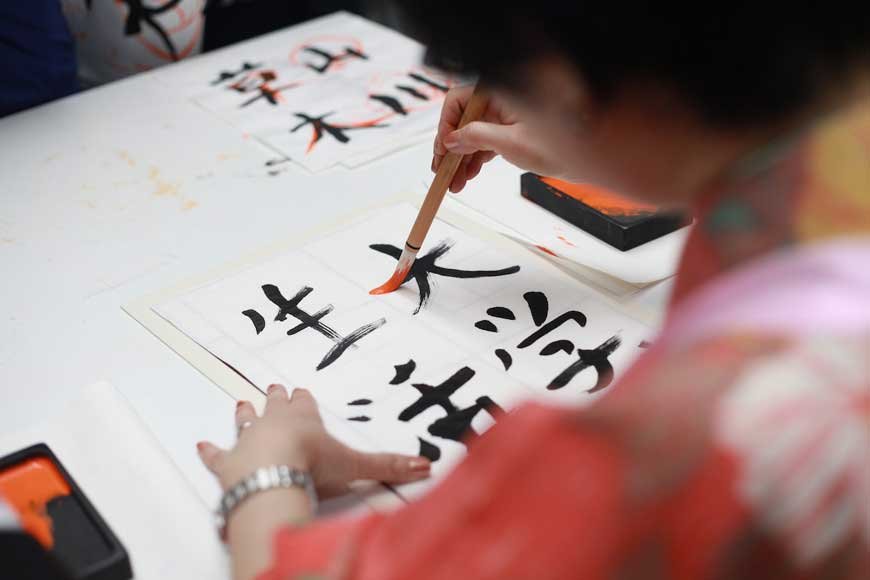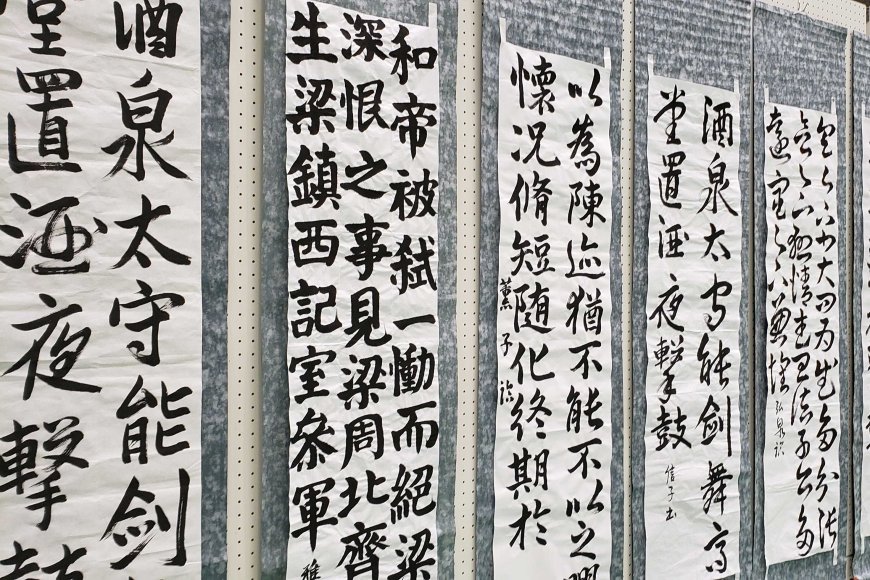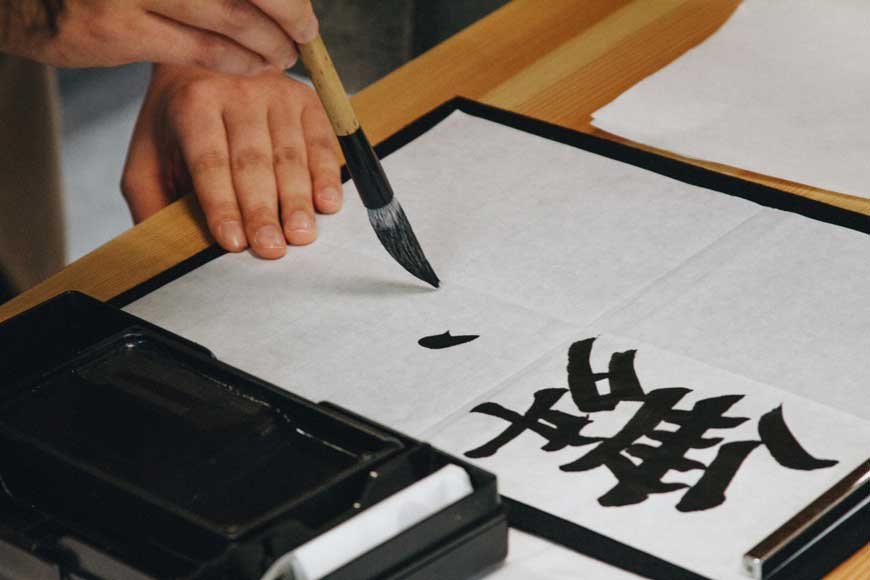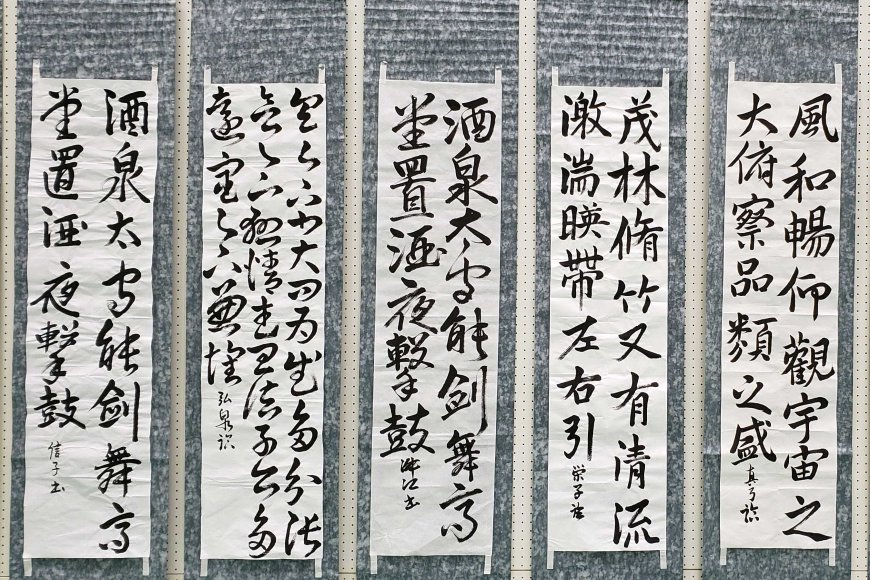Learning Kanji
Kanji can be overwhelming. But it doesn't have to be!

Some tips on Learning Kanji
Kanji can be overwhelming. But it doesn't have to be! In fact, by breaking down your learning into manageable steps, you'll make the process much easier. Learning Japanese kanji is a great way to dive into the world of Japanese culture and language, so here are some tips to help you get started.

Learn to recognize the strokes and radicals.
When you first start learning kanji, it can be difficult to pick out the strokes in a character. However, if you can recognize the basic components of each stroke and memorize their order, your task will be much easier. Learn how to identify radicals in kanji (semantic or component radicals) because they give clues about word meanings.
Learning the radicals can be tricky, but identifying them is one of the best ways to learn kanji. The reason is that radicals are the building blocks for kanji and make up a large part of Japanese vocabulary. There are 214 different radicals that can be found in the books you’ll find when learning kanji.
So, what exactly is a radical? - It is a part of a kanji that helps define its meaning or pronunciation (and sometimes both). Most often, it looks like something familiar: like an object, an animal or a symbol.
Once you have learned all the radicals for each character and their stroke order, try writing out some words using only the component parts. This will help you get familiar with them before attempting a full-on writing exercise.

Keep a notebook and keep practicing.
You should keep a notebook where you can write down any new kanji characters or words that come up during your studies. You might also want to have flashcards or other resources handy should the need arise.
Write the kanji down as you learn it and write each stroke with control. If you have good handwriting, use that; if not, just take your time and be neat. Use a kanji dictionary to look up unfamiliar kanji. Most kanji dictionaries available have numbering for each stroke of the kanji, which makes it easier to write and remember.

Practice writing kanji every day. It doesn’t matter how slow or bad at first – just practice every day, even for several minutes, until it starts becoming easier to write and you become more familiar with the strokes and radicals.
The Japanese kanji system consists of thousands of characters that represent words or concepts, and learning them can be easier by doing it step by step and being consistent in your learning process.
Find Cheap Flight Tickets to any Destinations in Japan and the Philippines
Nipino.com is committed to providing you with accurate and genuine content. Let us know your opinion by clicking HERE.






























































